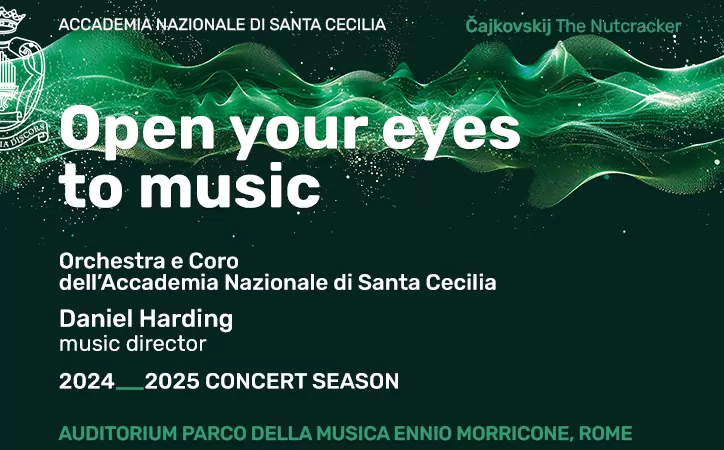A tale of modern patronage
When Justin Bradshaw decided to move permanently to Rome in 1994, he was following a centuries-old instinct that had guided thousands of fellow northern artists before him. London-born Bradshaw had only the meagre savings he had scraped together during a stint of work at a Salvation Army hospice to carry him through a sojourn in the Eternal City, where he planned to perfect his art. He was 23 years old at the time young, hopeful, unperturbed by the prospect of having to live a hand-to-mouth existence in what he says were some pretty squalid rented rooms.
Before coming to Rome, I stayed with Italian friends in Sardinia for a spell, he says. They lived in a village near Cagliari and I found it quite claustrophobic. The way of life was very traditional archaic almost. However, when I was there I began to learn Italian, and I also started to study watercolour technique.
He rode round the rocky countryside on his bicycle, painting everything he fancied. The locals liked his work and started to buy his paintings. Meanwhile, he felt more and more convinced that Italy was his country of the soul, as Byron would have put it, and the desire to live here permanently took root.
Getting started, he admits, wasnt easy, but gradually he began to receive commissions. His circle of clients has continued to grow over the years, and now, he says, most of his work arrives via word of mouth rather than through direct contact.
However, his biggest stroke of luck came through a chance encounter. One day he was busy painting the famous turtle fountain in Piazza Mattei when he was spotted by Carlo Sestieri, an eminent Roman antique dealer. Sestieri, with his expert eye, immediately recognised the young artists potential. Like the great art patrons of the Renaissance, he took Bradshaw under his wing, inviting him to his home and helping him financially.
Unfortunately, Sestieri died in 1998, before he could organise the exhibition he had dreamed of holding for his young protg.
At this point, his son Andrea, who has become Bradshaws new patron and mentor, takes over the story. We had lost touch with Justin after our fathers death, he explains. But one day he phoned us up to tell us he wanted to return some money our father had lent him. Of course, we hadnt known anything about this and we were impressed by Justins honesty.
The remaining Sestieri family Andrea, Lorenzo and their sister, Emanuela decided to carry on their fathers work. In November 2000, they gave him a solo exhibition in the Sala Margana, their elegant antique show room in Piazza Margana. This was followed by a second exhibition in June this year, where the artists unusual and arresting views of Rome attracted a great deal of interest.
However, the support given by the Sestieri family has not simply been confined to sponsorship. Andrea Sestieri, with a refined aesthetic sense acquired in a lifetime of dealing with precious antique objects and works of art, has proved to be a valuable counsellor and guide, encouraging Bradshaw to experiment and introducing him to the vast world of classical Italian culture.
He was particularly anxious that Bradshaw should not fall into the trap of doing pretty postcard views: The sort of thing tourists buy as a souvenir of their visit. And, in fact, although Bradshaw often chooses subjects that are easily identifiable and familiar, like ancient Roman monuments, statues and picturesque alleyways, he does this in a novel and individualistic way, showing us a Rome we all know but have never quite seen before. Marcus Aurelius rides out of a dark and lowering sky, like one of the terrifying Four Horsemen of the Apocalypse; a mysterious, forgotten door, set into the stonework of a Roman arch, becomes the monuments focal point; the pile of dolls heads in the window of the famous dolls hospital in Via del Vantaggio becomes the skulls and bones of the Capucchin crypt in Via Veneto. A subtle vein of irony runs through many of the works like the statue of Giordano Bruno draped in the Roma football club flag, the centre of a radiating wheel of red and yellow ribbons, or St Peter, depicted as the guardian of the door, with the dual face of the old Roman god Janus.
Son of a Caribbean father and an English mother, Bradshaws childhood was spent perennially on the move with his mother and stepfather. His interest in art came relatively late in his teens, when he enrolled at East London Art College, with, he says, the vague idea of becoming an architect. It was there that he learned the first basic techniques of drawing and painting. One of his teachers, who told him that he had a good eye for composition and suggested he take up painting seriously, encouraged him to think for the first time about a career as an artist.
In 1991, one of his oil paintings was shortlisted for the Carrol Award of the Royal Society of Portrait Painters and exhibited at the Mall Galleries, London. His first solo show, featuring both oils and his new preferred medium, watercolour, was celebrated in Rome in 1999.
Meeting Bradshaw has brought some changes into the life of the Sestieri family as well. They come from generations of antiquarians and have never hitherto had much to do with the world of contemporary art. This has been a new experience for us, says Andrea. But were convinced that Bradshaw has a very special talent.
Justin Bradshaws paintings can be viewed on his website www.lapetroma.it. Andrea Sestieri can be contacted at the Sala Margana, Piazza Margana, tel. 066781061.




















